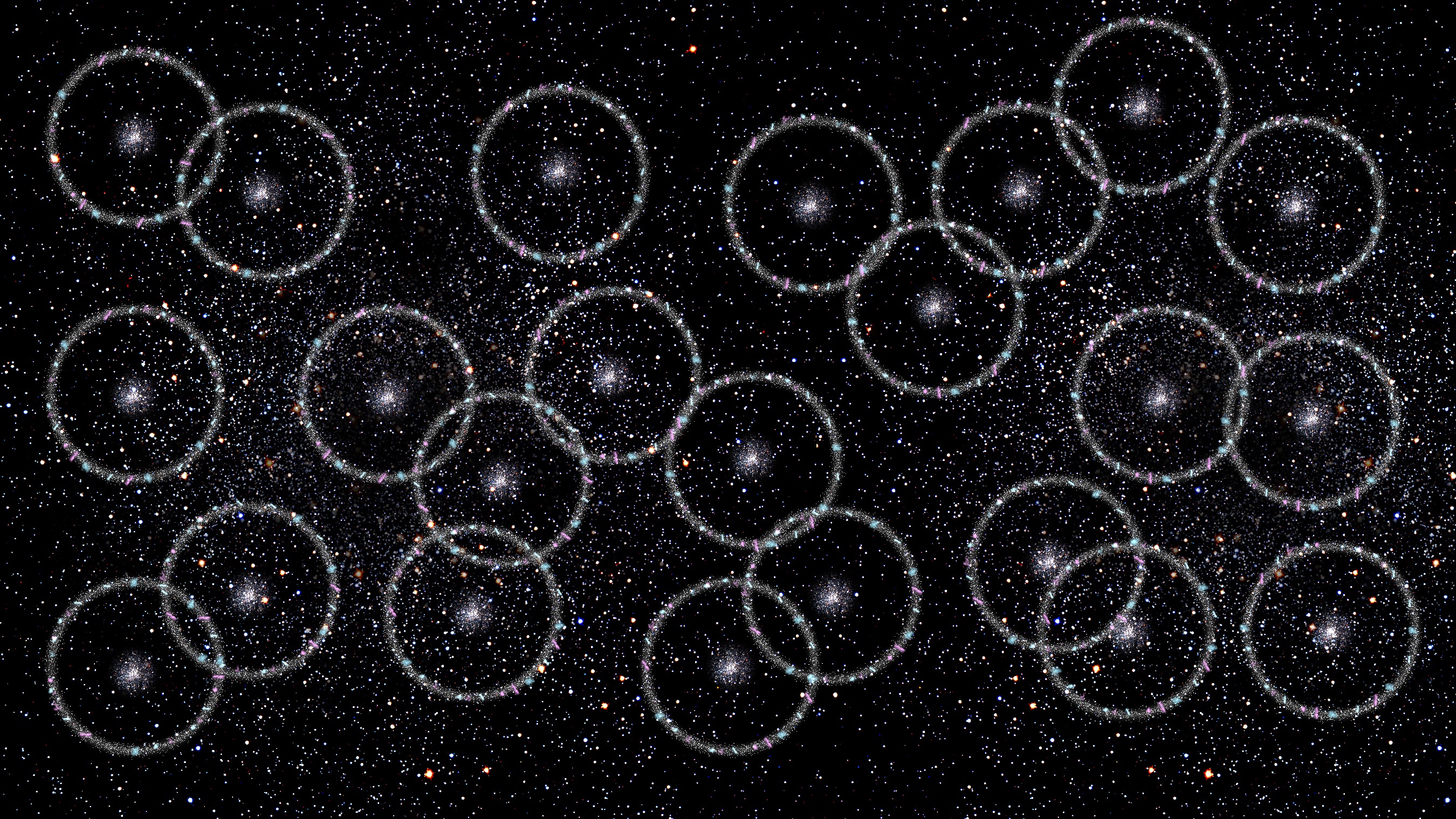The Most Impossible Idea From Star Trek
Gene Roddenberry would have celebrated his 95th birthday today. Many of his ideas have become reality, but some never will.
“‘Star Trek’ says that it has not all happened, it has not all been discovered, that tomorrow can be as challenging and adventurous as any time man has ever lived.” –Gene Roddenberry
Nearly half a century ago, a new vision of humanity’s future first graced the world’s consciousness: the vision of Star Trek. The brainchild of creator Gene Roddenberry — who would’ve been 95 today — it ran contrary to the dominant ethos of its time of a world filled with the pollution and destruction of humans, overrun with selfish, unethical behavior, war, strife and conflict. The future that people feared was one of nuclear winter, unsafe air and water, unethical treatment of one another and of technology further and further separating us from our humanity.
And against that cultural backdrop was born the series of Star Trek.
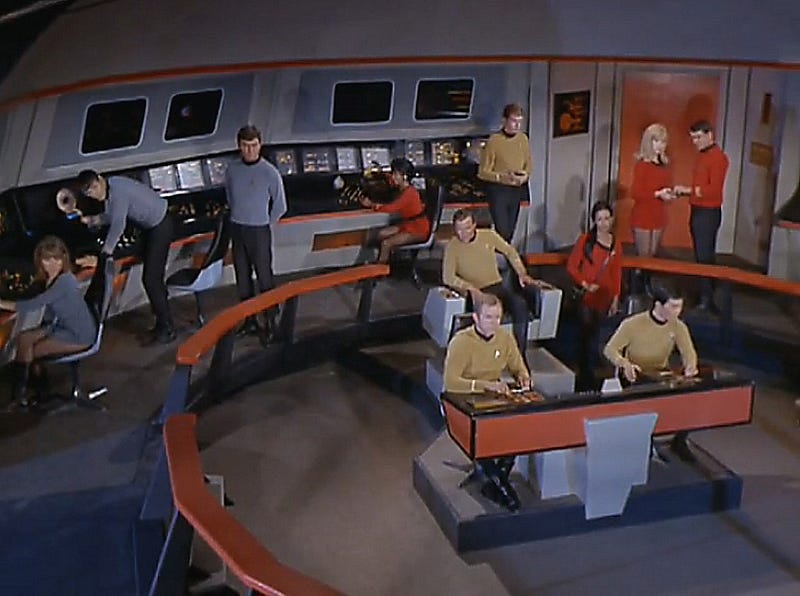
This was a very different future from the one envisioned by most of his contemporaries; this was a future where technology existed to further the peaceful goals and ideals common to all humans. This was a future where the boundaries of states, nations and cultures were transcended. This was a future where the dream of the United Nations was extended to not just all of Earth, but to a myriad of planets beyond our Solar System. Where we peacefully coexisted, shared technology and resources, and where the accumulation of wealth or power was no longer a driving force in anyone’s life.
And the way we achieved that — in the Star Trek Universe — was through developments that benefitted us all.
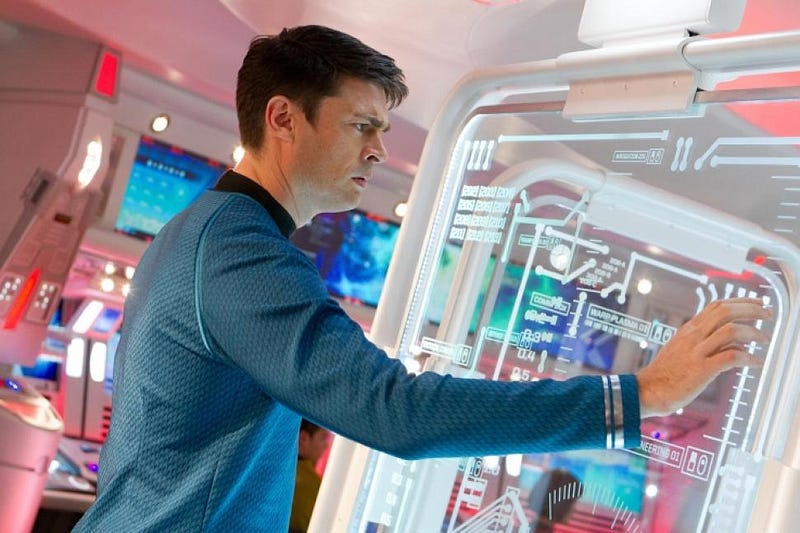
Fall ill? Medical technology has advanced so far that all you need is the state-of-the-art equipment and a savvy doctor, and you’ll be cured in no time.
Need to communicate with someone on another world? Sub-space communication puts them within reach, at just the tap of a button on your shirt.
Can’t understand their language? A “universal translator” renders that completely irrelevant, with on-the-fly translation of languages occurring instantaneously.
Need to travel someplace a long distance away? Warp drive and a transporter will get you there in no time.
And what’s perhaps most surprising is that many of these “fantastic dreams” of the 1960s have become a reality today.
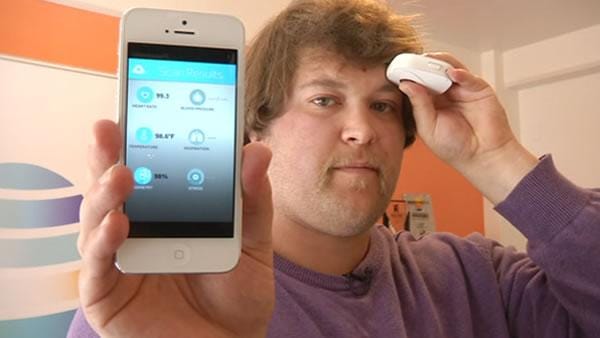
The Medical Tricorder of Star Trek is not only real, it’s cheap and can scan you for all sorts of illnesses and ailments. The Star Trek communicator has been far superseded by smartphone and bluetooth technology today, so much so that “Star Trek communicator replicas” seem like a steampunk accessory today. Universal translators aren’t quite a reality yet, but we’ve made huge strides, and it will doubtlessly not be long (maybe a generation at most) before we’re actually there.
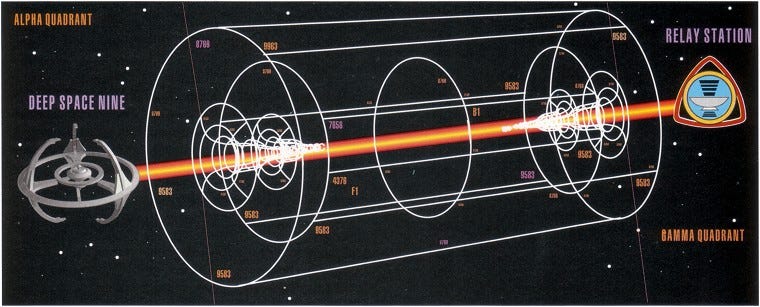
Sub-space communication — aside from the fact that “sub-space” doesn’t exist — runs into the problem inherent to special relativity: no signal can move faster than light. If you want to send any information from one location in spacetime to another, you are limited by the distance in spacetime the signal must travel and the universal speed limit: the speed of light.
Quantum entanglement can “cheat” this light speed, but can’t send any information, because the entangled particles needed to be created in an entangled state and then brought apart limited by the speed of light. Measurements you make to one particle will affect the outcome of the other, but this doesn’t transmit any information; sending a signal is not something you can do (at least, with our current understanding) via entangled particles.
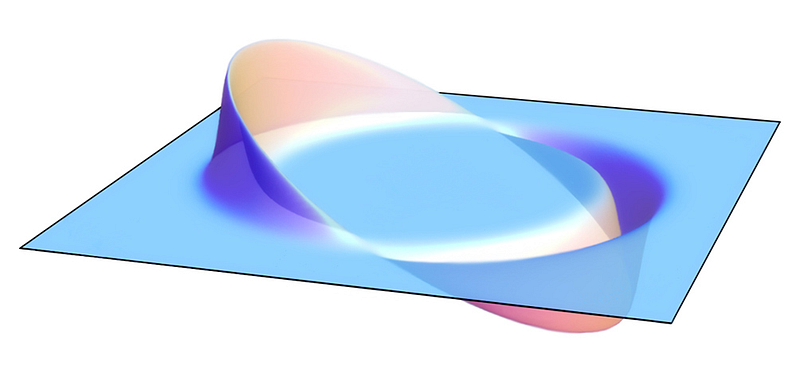
Warp drive, too, is a bit of a stretch: thanks to some recent advances in general relativity, we’ve discovered a spacetime solution that admits faster-than-light travel from one location to another by the creation of a literal “warp field” within a bubble. There are huge obstacles that need to be overcome before this becomes a reality, however, including:
- the ability to create and then un-create this configuration of spacetime,
- the ability to place complex matter within it without destroying it,
- and the ability to accomplish all of this without requiring an energy source greater than, say, the entire mass-energy content of the Sun.
People are working on this, of course, but creating an ad hoc solution in general relativity is a very different story from having this be feasible technology.
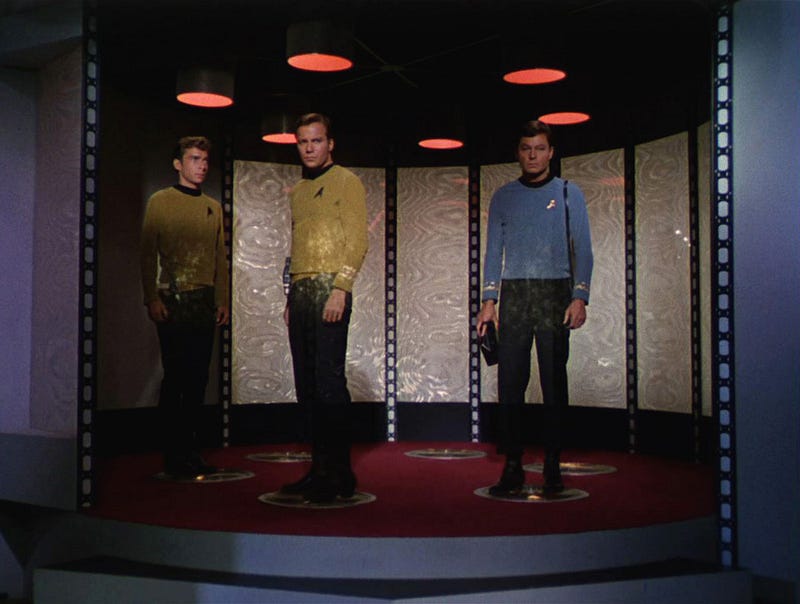
But most shockingly, the transporter of Star Trek seems to be one invention that’s forever beyond our reach, much to the chagrin of world travelers, would-be bank robbers and forbidden lotharios everywhere. While quantum teleportation is a real phenomenon, it’s very different to have a single particle tunnel through a small barrier than it is to have an entire person or macroscopic object broken down — particle by particle — and then reconstructed, identically and still alive, in another location.
To even dream of doing that would require not only putting all the particles that make you up back together in the same configuration, but with the same positions and momenta that they had before you were teleported. Think about the difference between a living human and a corpse of a human: there are no particles that are necessarily different; it’s simply the way those particles are positioned and moving in that configuration.
But physics won’t let you do that.
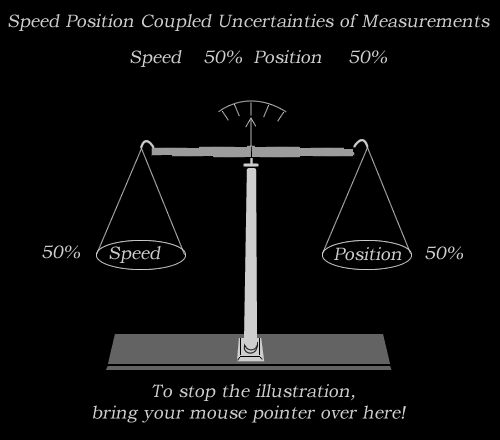
You see, there’s an inherent uncertainty between momentum and position for every particle, requiring that if you know one of those traits to a certain degree of precision, the other one becomes inherently uncertain so that the product of the two is always finite and non-zero. Lawrence Krauss, in his book The Physics of Star Trek, correctly identifies that one would need some type of hypothetical “Heisenberg Compensator” to account for this, which seems to violate the fundamental rules of quantum mechanics.
No matter how far technology advances, it will always be bound by the laws of nature.
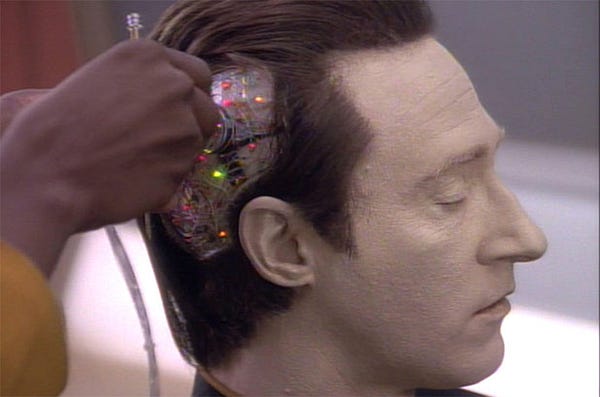

Other dreams of Star Trek (including subsequent series’ incarnations) spike our interest in developing technologies: artificial intelligence, life extension, augmented reality, antimatter propulsion, exotic states of matter, and if a novel series were to exist today, probably dark matter and dark energy would enter into the equation as well.
It’s important to dream about the future, and to work towards creating the utopia we want our descendants to have. While not everything that we can dream up may someday be possible — we are, after all, bound by the laws of nature — a better world certainly is within our reach. Compared to just a few generations past, we’re already on our way: boldly going where no one has gone before.
Leave your comments on our forum, and support Starts With A Bang on Patreon!


